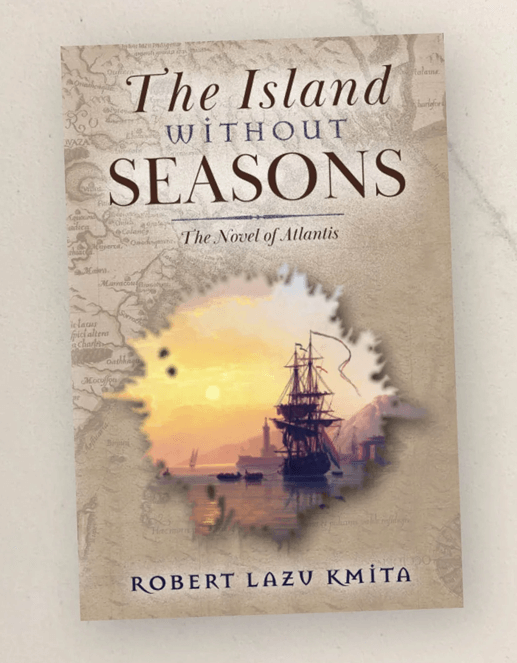An Encyclopedia of Curiosities and Horrors

The expanded edition of The Art of Horror Movies: An Illustrated History is a truly phenomenal book. Its pages are adorned not only with diverse artwork, from posters and paintings to cigarette cards (more about this later), but they are also replete with both obscure and mainstream information, from the very beginning of horror as a cinematographic phenomenon. For anyone interested in the history of horror films, this book is a gem to own.
The truly remarkable quality of the book is that it is not a mere compendium of horror art with a film-reference index at back, but that at each point of this journey through more than a century of horror movie history we are immersed in the historical background, attitudes, prejudices, and tastes of the different horror eras. This also serves as a broader introduction to cinematic history as whole, for horror films, as the book shows, is not a coincidental genre that appeared along the way but was there from the start of cinematic history.
The first horror films were, just like the rest, silent. In the aftermath of the First World War, horror became widespread in Europe (both literally and figuratively). As it is pointed out, horror was, initially, only a minor trend in the United States as the country was prosperous, victorious, and had cinematic preoccupations of a more positive sort. It was over in Europe where horror films got their major start. The explosive popularity of the horror genre was predominantly due to films coming from Weimar Germany, especially Nosferatu and The Cabinet of Dr Caligari. These early iterations of horror cinema, though thematically transgressive—creating “the sense of a visual world which is an outward sign of inner turmoil”—grew out of the Expressionist movement in painting, literature, and theater. One could argue that the German silent horror film became an art form of its own, as illustrated by Mary Pickford’s claim that “adding sound to movies would be like putting lipstick on the Venus de Milo.” This assessment is unsurprising given that the silent film was far closer to the theatre and actors had to find a way of expressing what we now take for granted from special effects.
The 30s and the 40s are decades that consolidated the horror genre in the public psyche, and even if horror cinema was not yet seen as a high-brow endeavor, it nonetheless produced its own prolific celebrities. Figures such as Lou Chaney, Boris Karloff and Tod Slaughter are just some of the names that defined those decades. However, what really changed matters is that horror now became mainstream in Hollywood. Just like how horror was unleashed in Germany after the First World War, it was the Great Depression that did so in the United States, for “there’s a parallel between time, history and horror pictures…In times of peace, there’s no place for horror films; times of fear-like now-bring out the need for violence in people. This reflects…a fear of the people of tomorrow.”
Although most horror films stuck to the usual horror canon of Frankenstein and Dracula, as well as numerous Jules Verne, Edgar Allan Poe and folklore stories, this decade gave birth to franchises such as The Mummy and King Kong. Horror films had become so popular by the end of the 30s that tobacco companies started including cards of popular horror film posters and actors as collectibles in their packs of cigarettes. These cards were mass-collected and glued into albums. In later decades, they were replaced by bubble gum cards. These processes of commercialization of what was a relatively obscure and niche genre grew to mass popularity as a result, and the commercialization of horror begun then is now commonplace today. They are also largely responsible for a certain residual negativity towards horror as a whole.
The 50s and the 60s were defined by more science-fiction based horror, given the aftermath of the horrors of the Second World War and the Atomic Bomb, with endings that were either optimistic or ambiguous. The genre also gained popularity in Asia (especially Japan and Korea) and countries outside of the West began to engage with horror as a mainstream artistic endeavor. In Hollywood, George Romero’s Night of the Living Dead broke away from the sci-fi horror mold and introduced a very cynical, negative, attitude into the horror genre which would expand in the decades after Romero’s blockbuster film.
Later, in the 70s and the 80s, it was directors such as Wes Craven and John Carpenter that would change the genre completely with the so-called slasher film. Their films would generate a number of clichés and tropes which would be subjected to mockery and treated with derision in 90s satire horror. Now, however, they are regarded as classics and their clichés and tropes are enduring pillars of modern horror filmography. Nevertheless, when looking at the classics of the horror genre, one will notice that it is the 70s and 80s that produced the last iteration of truly good horror films. In our own times, suppressed by political correctness on the one hand and perceived exhaustion of the genre on the other, the films of note are few and far between. It does appear that horror is moving away from the big screen and feels far more at home in cartoons or video games.
Despite the obvious problems and dilemmas posed by the modern world, it is still possible to find inspiration in the horror films of the past. The Art of Horror Movies: An Illustrated History serves as a serious and comprehensive guide to anyone seeking a true immersion in, and knowledge of, the horror genre. It is also a book so full of beautiful art, covering more than a century, that savoring its artwork is itself an eerie, immersive experience. Lastly, the book also serves as a work of comparative criticism and history, showing how real world events and artistic movements also inspired horror films.




